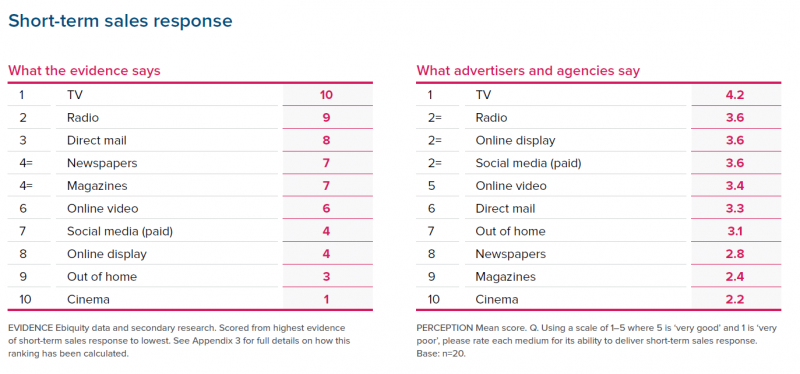While the majority of companies were quite happy to slash their marketing budgets by turning to digital over the last 10 years or so, something appears to have gone off the rails.
“Everything seemed to be running smoothly,” writes Alina Agorkova in DMA.org.uk. “Facebook and Google grew stronger each year and provided business with new ‘best working’ algorithms. Then suddenly, something appears to be going wrong. Posts on our Facebook pages get barely 10 likes. Google charges us more money for the same keywords. Our e-mails go straight to spam folders and our overall ROI decreases.”
What’s going on?
According to Agorkova, it starts with the fact that the metrics provided by the social platforms weren’t necessarily designed to benefit marketers. They were designed to keep marketers coming back for more.
“Let’s face it, click through rate doesn’t really reflect ROI. Even if the customer clicked on your digital ad, it doesn’t secure the sale,” Agorkova. “What digital marketing is calling ‘conversions’ does not represent real conversions. Most digital conversions are tracking the action on the website page. Such metrics can be quite confusing as they show engagement, but these metrics do not necessarily reflect the sales.”
Okay, that’ easy enough to understand, and we’ve been heeding the warning about vanity metrics for years now. I know we aren’t the only ones. There has to be something more to it. According to Agorkova, a lot of it comes down to your audience.
“People learned to ignore digital advertising and just focus on user-generated content. Do your Facebook ads really reach the audience numbers that Facebook shows you? Or maybe, viewers just scrolled down and didn’t even notice your ad,” she notes.
Many brands are finding no better luck with AdWords, as bid prices rise and CPC increases with no commensurate rise in results. And adjusting your content for SEO is dicey as well; with every algorithm change comes more confusion and less surety about what works.
What’s a marketer to do? According to Agorkova, it’s time to get back to Marketing 101.
“For experienced marketers, it’s time to remember old tricks and use other channels. For young marketers, it’s time to learn how these other channels work,” she explains.
“Ebiquity produced a fantastic report comparing what advertisers and agencies expectations were from various channels versus its actual performance. It revealed that the top 5 channels for short-term sales are still TV, Radio, Direct mail, Newspapers and Magazines. These channels still perform better and are worth considering for your next marketing campaign.”
An added bonus? Traditional advertising has dropped in price – in a bid to compete with digital – so a print campaign may be more affordable than ever. Especially when you consider how well it works. As the chart below shows, what ad agencies say about response rates generated by paid social is not in line with the evidence.

Image source: RadioCentre.org
“We are definitely not saying that you should stop using Digital channels for your marketing campaigns,” Agorkova notes. “What we are suggesting is that marketing channels need re-evaluation. You cannot necessarily put all your trust into reports from your digital platforms anymore. Inevitably these platforms show you only what they want you to see. They also do not expose the information that will move you away from their platforms. Why would they?”
As marketers begin to understand that the whole ad industry hasn’t gone digital, perhaps we’ll see brands losing their FOMO on social media. You don’t “have” to be anywhere, in spite of what we’ve been trained to believe. An increasingly large segment of your audience is glazing over on social media and embracing digital minimalism. When that happens, will you still be able to reach them?

February 26, 2019, 1:30 pm